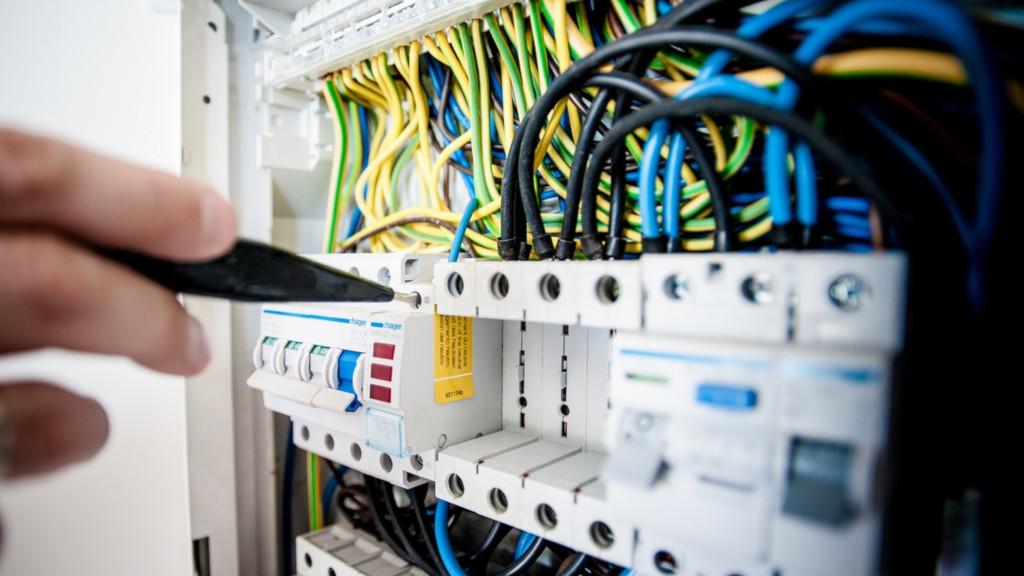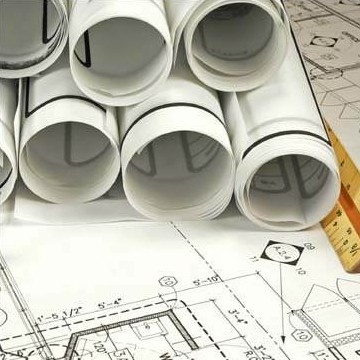Every Facility Manager has as one of his biggest concerns the availability of the facilities. One of the most important parts of them is the electrical distribution system.
The absence of electricity in a part of our installations is, obviously, a major problem since it can simply cause user dissatisfaction or a serious problem (for example, if in our facilities we have cold rooms).
Electrical installations can have the best conceptual design (redundancy, loops, etc.) and even the best electrical material or be oversized and this does not mean that they are valid for exploitation if the regulation values of its electrical protections are not adequate. How many times we have seen a major blackout in large public installations or factory shutdowns (with all the associated costs) due to incorrect operation of the installation's electrical protections. We must bear in mind that it is not enough for an electrical protection to clear a defect, but only the protection closest to the problem must act to avoid leaving other vital parts of the installations without service.
Another point to highlight, and no less important, is that selectivity is just as critical in a Medium Voltage (hereinafter, MV) system as it is in a Low Voltage (hereinafter, LV). We tend to underestimate the possible effects of a lack of selectivity between LV protections and this can lead to very unpleasant surprises. How many times has the production of a factory been stopped due to lack of lubrication due to the stoppage of an oil pump?
Are we aware of the problems caused in installations due to apparently untimely actions? There have been problems in large facilities (airports, factories, public buildings, etc.) and the response has always been the same: not all aspects had been considered in a protection regulation or these regulations were not adequate or they didn't even exist.
Its consequence is to carry out a study of selectivity or coordination of protections both in MV and LV. To do this, the various appropriate calculation tools and software must be used and the actual data of the installation must be applied to :
- Assess the minimum and maximum short-circuit levels at each point of the installation,
- Knowing the operating philosophy of the installation, protect against overloads and load imbalances as well as starting peaks,
- Knowing the various elements that make up the electrical installation (MV cabinets, cables, motors, capacitors, etc.), make sure that they are properly protected both against overloads and short circuits, as well as against the most common event, ground faults, and
- Recommend the best protection against the neutral regime of the installation (earthed, impedance, isolated, etc.) not only to protect it, but also for the most important thing, the protection of people.
Only an in-depth technical study including the quality of the cutting elements, the protective equipment and their regulations can guarantee the adequate availability of our facilities and, therefore, , minimize both the risks to people and the economic risks associated with an electrical event. Having this point analyzed and contrasted is becoming a MUST BE for Facility Managers.





